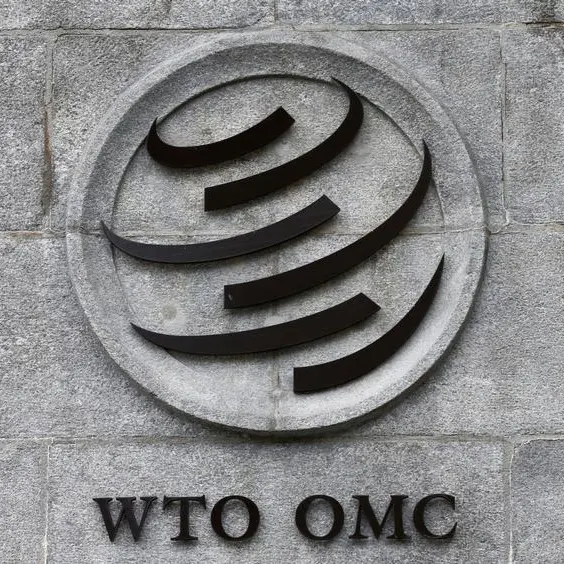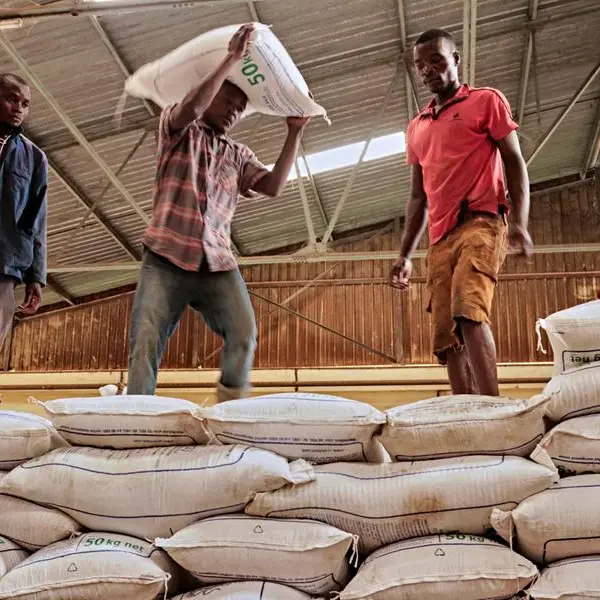PHOTO
Fitch Ratings has revised Oman’s outlook to stable from negative reflecting improvements in key fiscal metrics including government debt/gross domestic product and the budget deficit.
The revision was driven by higher oil prices and fiscal reforms, and a lessening of external financing pressures relative to recent years even as external funding needs remain high, the ratings agency said in a note on Monday.
The agency also affirmed the sovereign's long-term foreign and local currency Issuer Default Ratings (IDR) at BB-.
The BB ratings indicate an elevated vulnerability to default risk, particularly in the event of adverse changes in business or economic conditions over time; however, business or financial flexibility exists which supports the servicing of financial commitments, according to Fitch.
The agency estimates that Oman’s budget deficit narrowed to 3.4 percent of the GDP this year, from 16.1 percent last year.
"Hydrocarbon revenue grew by a third, according to our estimates, driven largely by a 28 percent rise in Oman's average fiscal oil price, and likely accounted for more than half of the narrowing in the budget deficit."
The government has made progress with implementation of its medium-term fiscal plan, which aims to balance the budget and lower government debt/GDP to 61 percent by 2025, it said.
In January-October non-oil revenue grew 40 percent year-on-year, helped by the introduction of a 5 percent VAT in April, dividends to the budget from the Oman Investment Authority (OIA) and gradual economic normalisation, as Covid-19 related-restrictions were lifted and Oman's vaccination drive accelerated.
Real GDP growth in 2022
Fitch forecast government debt/GDP, which will have declined in 2021 to 67 percent, will ease further to 64 percent in 2022, "before the ratio edges higher to 65-66 per cent, as lower oil prices and modest GDP growth offset gains from fiscal reforms.”
Lower oil revenues will cause the budget deficit to widen in 2023, to 2.2 percent of GDP, offsetting improvements for non-oil revenue.
Non-oil revenue is set to rise by 1pp of GDP in 2023, helped by the introduction of a personal income tax, and a small decline in spending/GDP.
"We forecast real GDP growth to accelerate to 3.1 percent in 2022 and steady to 2.3 percent in 2023, driven by stronger hydrocarbon growth next year, while non-oil growth will be moderate at just over 2 percent on average."
(Reporting by Brinda Darasha; editing by Daniel Luiz)
Disclaimer: This article is provided for informational purposes only. The content does not provide tax, legal or investment advice or opinion regarding the suitability, value or profitability of any particular security, portfolio or investment strategy. Read our full disclaimer policy here.
© ZAWYA 2021












